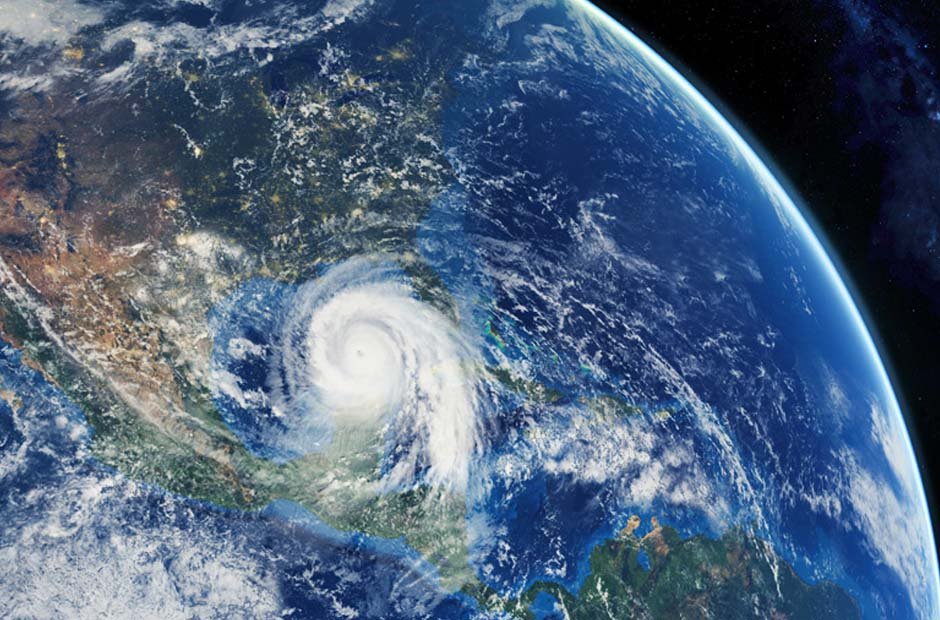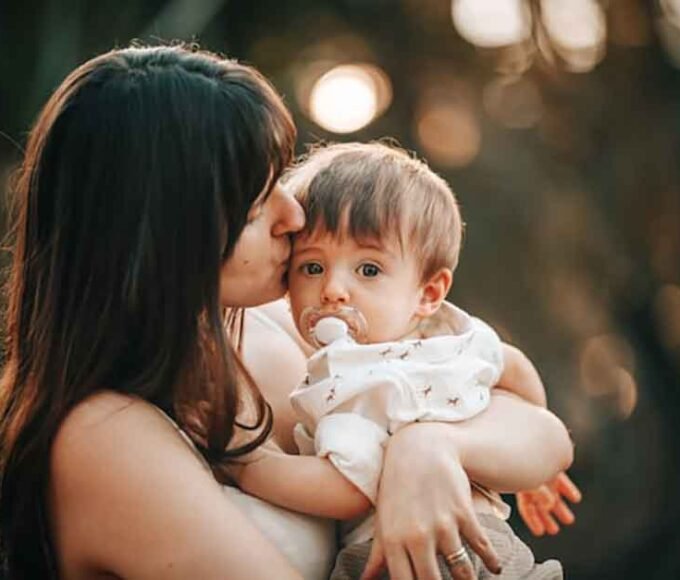The United States has a long history of facing the fury of powerful hurricanes. Throughout the years, these devastating storms have left a lasting impact on the nation, causing extensive destruction and tragic loss of life.
In this blog post, we will take a closer look at the top 10 deadliest hurricanes in US history, exploring their characteristics, the destruction they caused, and the lessons we’ve learned from these unforgettable storms.
Galveston Hurricane (1900) – A Catastrophic Prelude
The Galveston Hurricane of 1900 holds the dubious distinction of being the deadliest hurricane in US history. It struck Galveston, Texas, with unimaginable force, causing an estimated 6,000 to 12,000 fatalities. The lack of modern forecasting and infrastructure led to widespread destruction and loss of life, making it a grim lesson in hurricane preparedness.
Great Miami Hurricane (1926) – A Devastating Blow to South Florida
The Great Miami Hurricane of 1926 ranks as one of the deadliest in US history, claiming approximately 372 lives and causing extensive damage in Miami and South Florida. With winds exceeding 130 mph, this hurricane left a trail of destruction that forever altered the landscape of the region.
Okeechobee Hurricane (1928) – The Inland Fury
The Okeechobee Hurricane of 1928 is remembered for its catastrophic inland flooding. As Lake Okeechobee overflowed, it inundated surrounding communities, leading to the drowning of over 2,500 people. This tragic event underscored the need for better flood control and warning systems.
Hurricane Katrina (2005) – A Nation’s Wake-Up Call
Hurricane Katrina, which struck the Gulf Coast in 2005, is one of the most unforgettable hurricanes in recent history. With over 1,800 fatalities and catastrophic flooding in New Orleans, it exposed weaknesses in disaster response and emergency management. The aftermath of Katrina prompted a reevaluation of the nation’s preparedness for natural disasters.
Hurricane Andrew (1992) – The Category 5 Menace
Hurricane Andrew, a Category 5 storm, hit South Florida in 1992, resulting in 65 direct fatalities and significant damage. The destruction it caused led to changes in building codes and increased awareness of the potential impacts of a major hurricane.
1906 Mississippi Hurricane – A Forgotten Tragedy
The 1906 Mississippi Hurricane is often overshadowed by more recent events, but it remains a solemn part of US hurricane history. It claimed the lives of about 134 people and caused considerable damage to the Gulf Coast, illustrating the enduring threat of hurricanes in the region.
Hurricane Camille (1969) – Category 5 Fury
Hurricane Camille, another Category 5 hurricane, struck the Gulf Coast in 1969, leaving 256 people dead and causing extensive destruction. Camille demonstrated the power of the most intense hurricanes and the importance of early warnings.
Hurricane Maria (2017) – The Puerto Rico Tragedy
In 2017, Hurricane Maria devastated Puerto Rico and the U.S. Virgin Islands, causing over 3,000 fatalities. The slow response and recovery efforts exposed the vulnerability of these territories and raised questions about disaster management in the face of such a catastrophic event.
Hurricane Laura (2020) – The Resilience of the Gulf Coast
Hurricane Laura, a powerful Category 4 storm, made landfall in Louisiana and Texas in 2020. While it resulted in 42 direct fatalities and significant damage, it also highlighted the resilience of the Gulf Coast communities and the improvements in evacuation and emergency response procedures.
Hurricane Harvey (2017) – Houston’s Deluge
In 2017, Hurricane Harvey unleashed unprecedented rainfall and flooding in Houston, Texas. It led to 107 direct fatalities and served as a stark reminder of the importance of flood mitigation and disaster preparedness in a rapidly growing urban area.
Lessons Learned
Hurricanes have had a big impact on the United States, showing us how important it is to be ready and strong. We’ve learned some important things from these disasters, like having good weather predictions, strong buildings, and quick help after a disaster. Since hurricanes are happening more often and getting stronger, it’s really important to invest in things like hurricane awnings in West Palm Beach, FL.
These investments help us be tougher and keep our homes, businesses, and communities safe from the bad effects of big storms. By using what we’ve learned from the past and investing in things that protect us, we can be better prepared for future hurricanes and reduce the damage they cause.
Conclusion
The top 10 deadliest hurricanes in US history have shaped the way we understand and respond to these natural disasters. While the devastation and loss of life caused by these unforgettable storms are heartbreaking, they have also spurred significant advancements in hurricane preparedness and response.
As we face the ongoing challenges of climate change and the threat of more powerful hurricanes, the lessons learned from these historic events will continue to guide us in our efforts to protect lives and property in the face of nature’s fury.
















